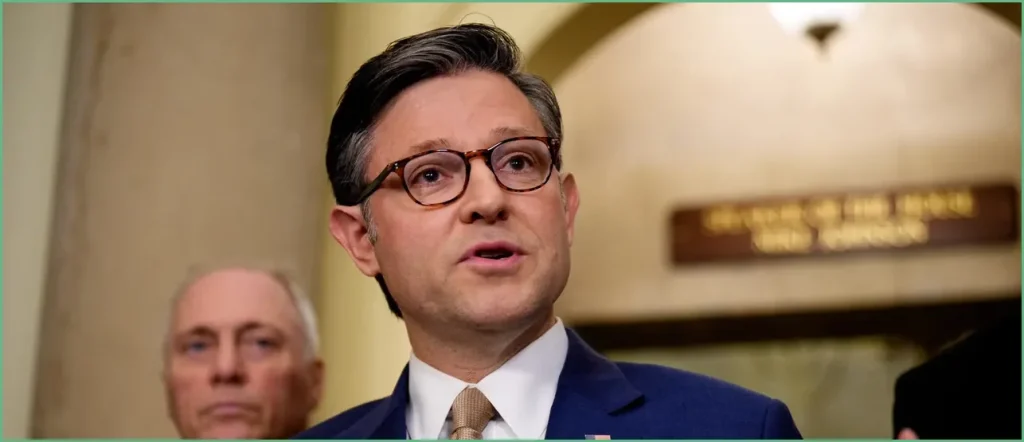Remember the government is still shut down. That fact has quietly faded from front pages and cable chatter while major foreign policy wins command attention, and Democrats are watching their political momentum evaporate as everyday pains tick higher.
We have hard numbers backing that up. “25% of voters don’t know there’s a shutdown… up 7 points from a week ago. Only 5% impacted a lot, down from 9% a week ago.”
During the Obama shutdown, leaders ensured the pain was visible, from closed services to travel snarls. Open-air war memorials were fenced off and veterans were kept from seeing monuments meant to honor them, a stark public image. This time, the approach has been to blunt disruptions wherever possible and keep the fallout quiet.
25% of voters don’t know there’s a shutdown… up 7 points from a week ago
Only 5% impacted a lot, down from 9% a week ago
— Scott Rasmussen (@ScottWRasmussen) October 15, 2025
That strategy is delivering political results. RealClearPolitics averages show Trump’s approval holding above where Obama and George W. Bush stood at the same point in their second terms, and Republicans are eroding Democratic advantages on the generic congressional ballot.
Before the shutdown, Democrats held a roughly 3 to 4 point edge on those measures; now that margin has narrowed to about 1.9 points in the RealClearPolitics numbers. In practical terms, Republicans have cut the Democratic lead roughly in half in a critical metric ahead of off-year races.
Betting markets have reacted in kind as odds shifted toward the GOP. CNN analyst Harry Enten walked through how those markets have repriced the midterm outlook and what it signals for both parties.
“Well, we were looking at the Democrats with a very clear shot of taking control of the U.S. House of Representatives according to the Kalshi Predication Market Odds. We saw them at an 83 percent chance. But those odds have gone plummeting down.
Now we’re talking about just a 63 percent chance, while the GOP’s chances up like a rocket, up like gold, up from 17 percent to now a 37 percent chance.”
He added more blunt context about the pace. Polls and markets moving together are an early warning for Democrats as redistricting and turnout variables get folded into longer-term projections.
“The bottom line is,… Democrats have stayed basically steady. They have fallen off the pace. Democrats were way out ahead back in 2017 on the generic congressional ballot.
And now we’re basically looking at Democrats ahead. But again, they are so far in back of the pace that they set back there.
And so, I think what a lot of folks are seeing, folks like myself, are saying, wait a minute, given what we might be seeing in redistricting, is this plus three going to be enough?”
These signals are a year out, but they matter for the immediate off-year contests in places like New Jersey and Virginia. Polls there are showing unexpectedly tight statewide races, and that has Democrats scrambling.
Polls are imperfect and Democrats could yet overperform where fundamentals favor them. Still, the trendlines suggest the shutdown is an electoral drag the opposition can’t ignore.
House Speaker Mike Johnson even warned this could become the longest shutdown on record and suggested it might last into November. For Republicans seeing improving data, a protracted holdout could boost their chances come election time.
The risk is obvious: Republicans are daring Democrats to keep owning a politically damaging shutdown during an election season. If surprise GOP wins materialize in Virginia and New Jersey, the blame game will point back to Democratic leadership decisions.
Mainstream analysis still gives Democrats advantages in many races because Republicans control the White House and Congress. But right now the numbers offer Republicans a clear opening that can be exploited with disciplined messaging and targeted votes.
Senate GOP leaders should keep pressing by forcing votes that underscore who controls the stalemate and who is responsible for any continuing pain. Pressing for military pay votes was a smart early move; repeating those votes in public widens the gap.
Let Democrats have the political space to own a shutdown if they insist on it; voters will remember who kept things closed. If Republicans keep pointing that out, working families feeling the pinch will associate the pain with the Schumer Shutdown.



